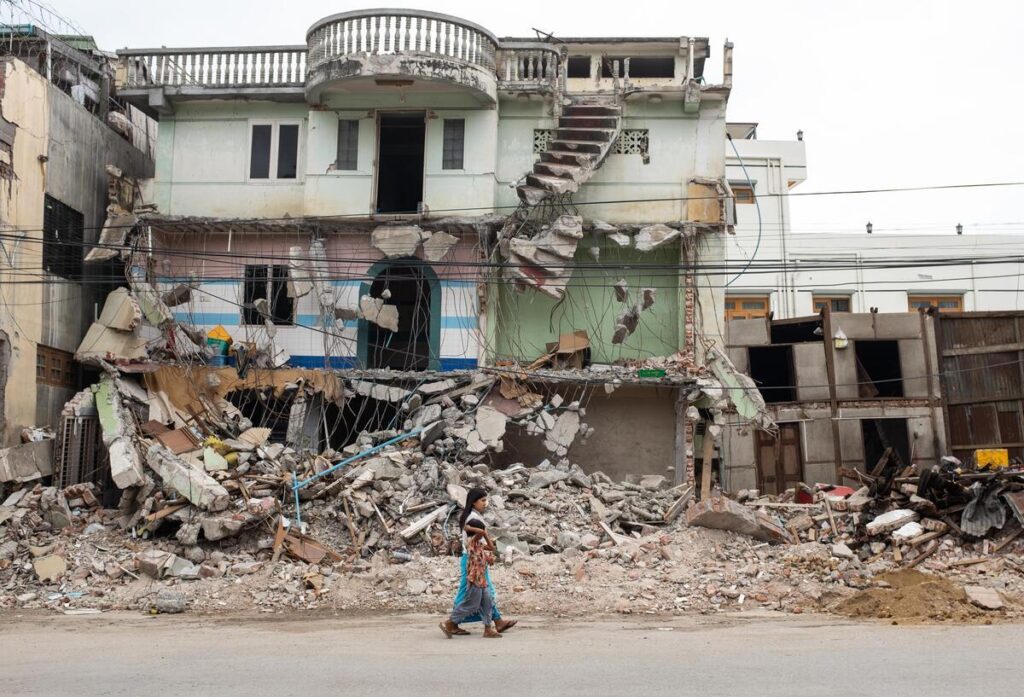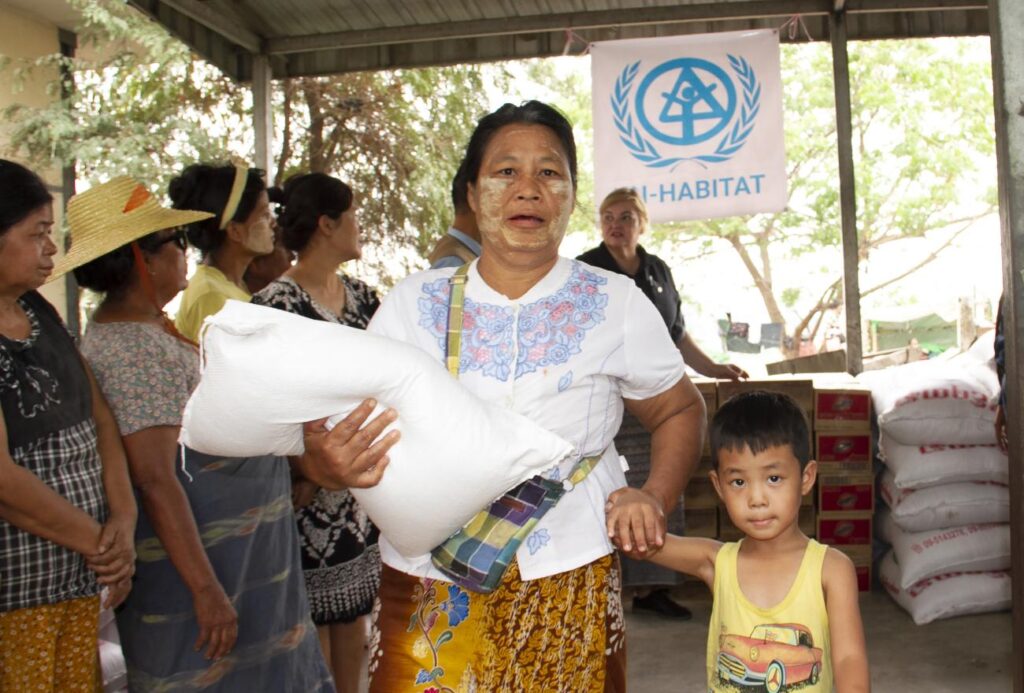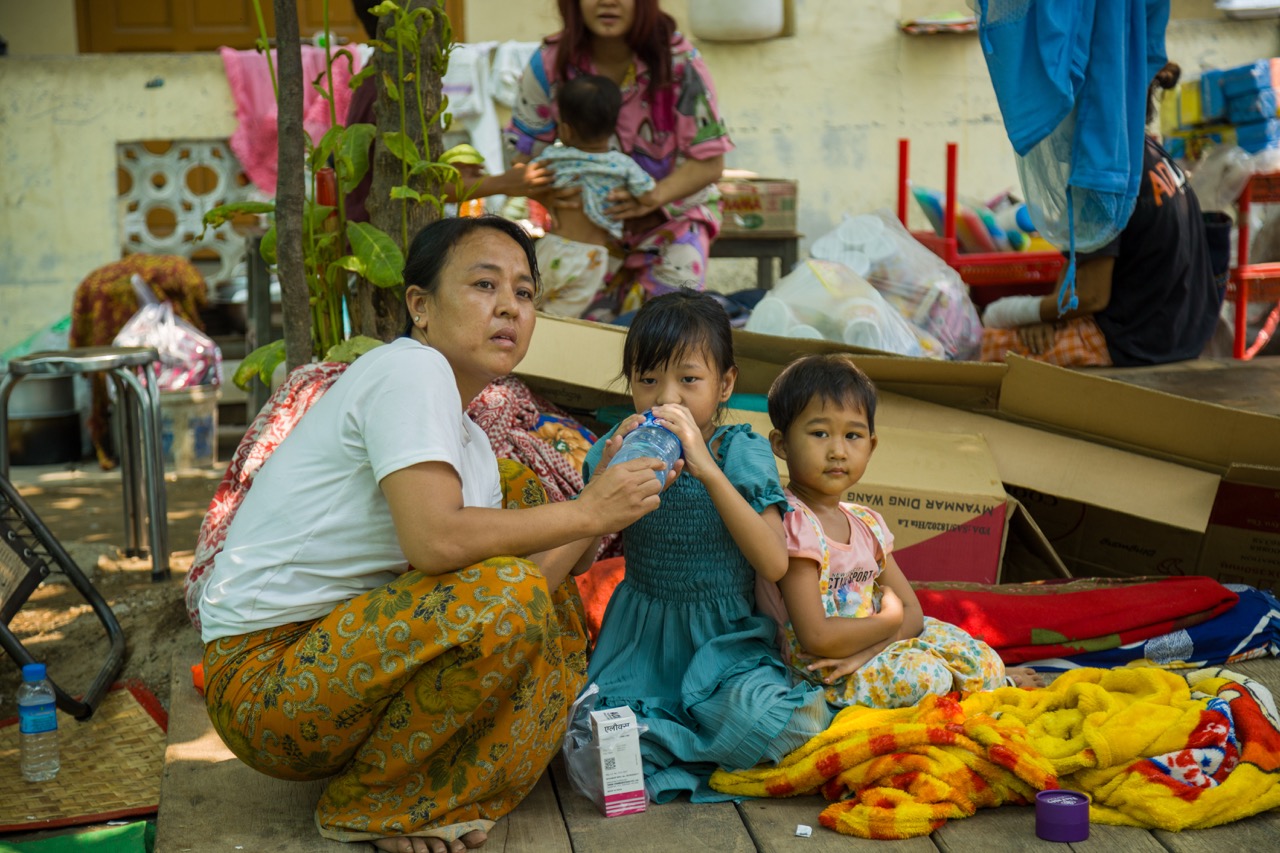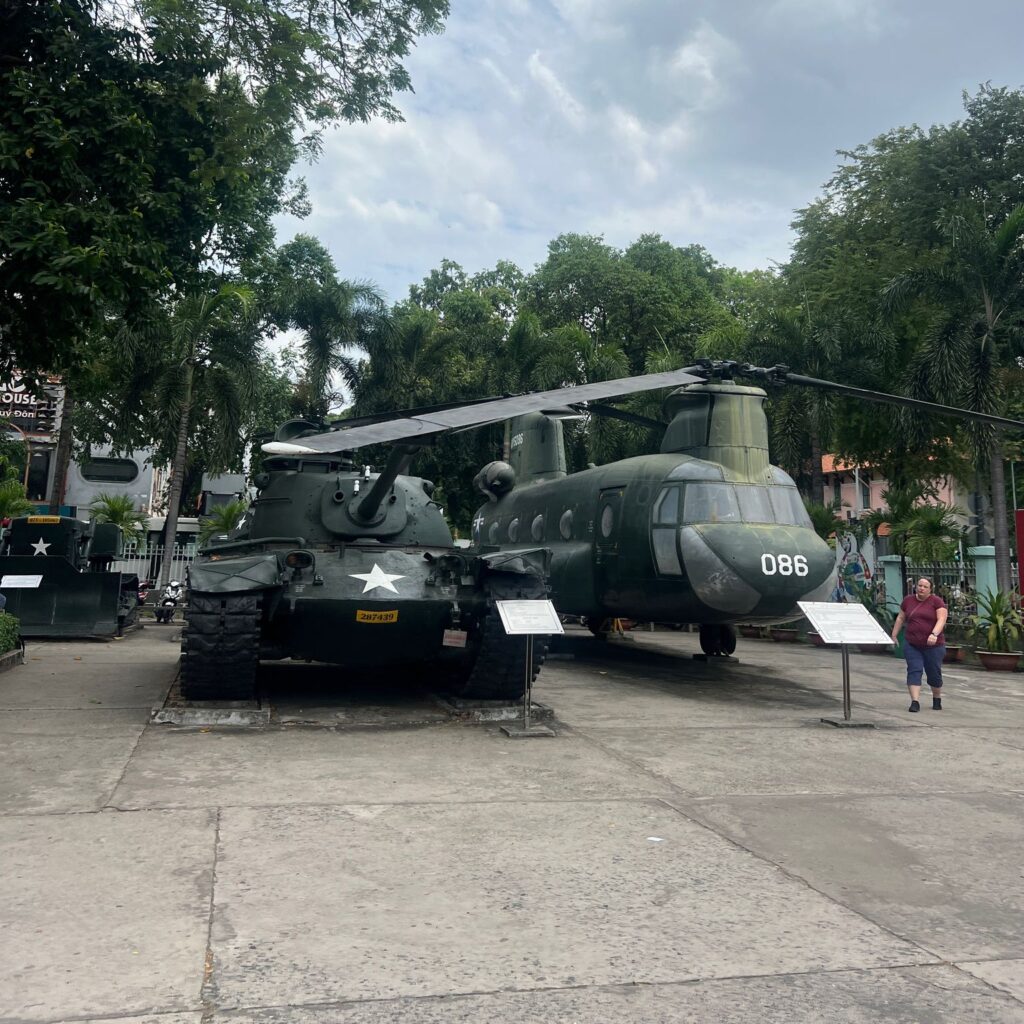Civil War in Myanmar: Temporary Ceasefire Imposed After Earthquake
| By Caroline Gross |
Myanmar’s Political Strife
In 2020, Myanmar held state elections, in which the NLD party, led by Aung San Suu Kyi, won a landslide victory against Senior General Min and his military-aligned USDP party. Rejecting the results, USDP party members decried the election as a sham, alleging that widespread voter fraud occurred. Despite assurances from the electoral commission that the election was fair, the USDP maintained their stance, and on February 1st, 2021, the first day of the new administration, the military seized power under the direction of Senior General Min.
Widespread civilian protests immediately followed, sparking a brutal crackdown by the de facto military government. Since the coup, a civil war has raged between the military-run government, also known as the State Administration Council (SAC), and the civilian-run People’s Defense Force, with the support of other armed anti-military-government groups, particularly ethnic-based resistance movements.
As of September 2024, the UN Human Rights Office has reported at least 5,350 civilian deaths and over 3.3 million displaced people since the start of the civil war. A 2024 OHCHR report further details that 27,400 people have been detained by the military government, with numbers expected to rise. According to Human Rights Watch, various human rights abuses have occurred since the start of the conflict, such as mass killings, torture, arbitrary arrests of journalists and opposition figures, sexual violence, and political executions. Due to such blatant violations, the current commander of the military government, Min Aung Hlaing, is facing investigations by the ICC for crimes against humanity during this conflict.

Crisis on the Ground and International Humanitarian Relief
On April 7th, Myanmar’s military government initiated a temporary ceasefire agreement that is expected to last until the end of May. The decision comes after the deadly 7.7 magnitude earthquake that hit Myanmar in late March, killing over 3,700 people and wounding nearly 5,000. Since the fighting has halted, the National Unity Government (NUG), the political branch of the civilian-led People’s Defense Force, announced that it would “collaborate with the UN and non-governmental organizations to ensure security, transport, and the establishment of temporary rescue and medical camps” in its territory. The UN Office for the Coordination of Humanitarian Affairs (OCHA) launched an immediate plan to provide $5 million in allocated funds for the provision of life-saving assistance. This included funding for medical supplies and other necessary tools to prevent the spread of disease, as well as the dispatching of humanitarian aid workers to provide support to those affected by the deadly quake.
Furthermore, the earthquake destroyed critical infrastructure, impacting access to electricity and water in populous regions like Yangon. The damage incurred to medical facilities further worsened an already acute humanitarian crisis, resulting in severe shortages in medical supplies and exacerbated food insecurity. Coupled with the internal displacement crisis due to the ongoing Civil War, the situation has reached a dire pinnacle, garnering significant international attention.
Among the biggest international providers of humanitarian aid, China promised the most at roughly 1 billion yuan ($137 million) in emergency funds and sent an additional team of 82 emergency responders to assist with the relief efforts. “The Quad” countries, including the US, Australia, India, and Japan, collectively provided over $20 million in emergency aid, and various ASEAN countries like Thailand, Malaysia, and Bangladesh provided rescue teams. Furthermore, as the health crisis continued, Russia sent a medical team of infectious disease, resuscitation, and traumatology experts to the affected areas, responding to the aid agencies’ urgent call for greater health services and supplies.
Violating the Ceasefire Agreement
Despite ongoing humanitarian aid being sent to Myanmar, allegations have emerged that the military junta violated the terms of the ceasefire by “launching dozens of new attacks,” including firing on civilian targets, Red Cross convoys, and blocking aid across the country. These allegations were corroborated by Amnesty International and various rebel groups, noting that “the military has remained on war footing…and has conducted airstrikes and other attacks near the affected areas.” On the ground, 32-year-old doctor Thi Ha Tun reported treating around a dozen patients throughout the ceasefire, all with war-related injuries. As the human rights abuses persist, he commented that the “only solution is to keep fighting.”
Rights groups have condemned the continued bombing and the carrying out of military campaigns as the country grapples with the aftermath of the quake. In a statement, the SAC acknowledged the need for a ceasefire to “speed up relief and reconstruction efforts, and maintain peace and stability.” However, it also warned it would not back down to “attacks, acts of sabotage or gathering, organizing, and expanding territory that would undermine peace.”

The Future of the Conflict
Due to the destruction caused by the earthquake, both parties have recognized the need for a temporary ceasefire. However, the international community has had mixed reactions. While ASEAN countries have largely been supportive of the decision to halt fighting, evidenced by Malaysia’s active role in facilitating the ceasefire agreement, Human Rights Watch (HRW) calls regional ASEAN efforts “utterly inadequate.” HRW further critiqued the UN for its conciliatory approach to the conflict and called on the UN Security Council to impose an arms embargo or sanctions on companies owned by the military government. The New York-based Human Rights Watch additionally called on the military junta to allow for the unfettered distribution of humanitarian aid.
While international actors like China and Russia have continued to fund the military regime, SAC forces have significantly declined since the start of the war, with current forces totaling 130,000, since the original 300,000 in 2021. Furthermore, the military-backed government has lost most of its territory since the start of the civil war, with only 21% under its control. Meanwhile, the People’s Defense Force (PDF) and its allies have gained around 42% of the state. However, intelligence agencies suggest that the fighting is likely to continue despite the rebels’ territorial gains.
While states like China and the UK have made previous efforts to broker a substantive ceasefire, both the military regime and opposition groups have reneged on the agreements. After the earthquake, Malaysia’s Prime Minister visited Bangkok to meet with Min Aung Hlaing in an effort to broker a permanent truce. However, concerns remain that the collapse of the junta may risk greater chaos, and much uncertainty lies ahead with regard to the upcoming 2025 general election. Some speculate that the election will trigger further violence, as resistance groups largely condemn it as a sham, meant to legitimize the illegal regime.
Nonetheless, NUG Acting President Duwa Lashi La asserted that rebel forces believe they can achieve a complete and decisive victory in 2025. Lashi La commented that if they can continue to collaborate with the international community to garner more support and diplomatic recognition of their cause, foster joint-military cooperation with armed rebel groups, and maintain frequent communication and good standing with the public, a ceasefire and subsequent victory are imminent. However, even if the junta were to collapse, some critics argue this would only protract the violence further, as inter-ethnic armed conflict would likely replace the current dynamic, as groups vie to fill the power vacuum left by the SAC. For now, the path to peace remains deeply uncertain.




